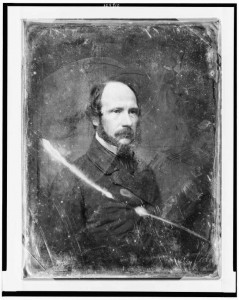Mr. Field’s Code
Before the mid-nineteenth century, American civil practice and trial procedure were largely regulated by case law, though on occasion well-established principles of pleading might find their way into short statutes or books of courtroom rules. New York pioneered a new path in the 1840s. The state first abolished its court of chancery in the 1846 constitution, transferring its massive case load to a new set of common law courts. In order to clear up what procedures would be used to resolve cases in the new consolidated court system, a three-member commission submitted a lengthy “Code of Procedure” to the 1848 legislature.
New York’s legislature adopted the 400-section code with little amendment, but when the commission submitted its final and expanded 1,800-section draft in 1850, the legislature let the bill die in committee, content to allow the original partial code and case law development to continue operating together.
Almost immediately the code and its chief draftsman, the Manhattan commercial lawyer David Dudley Field, became famous across the common law world. For the first time, a common law jurisdiction entirely abandoned the forms of action, insisting that parties need not conform to a small menu of stylized forms, but could plead the facts concerning their case and the desired remedy. The code introduced such features of modern American practice as the contingency fee and lawyer-controlled pretrial discovery practice. Continue reading
